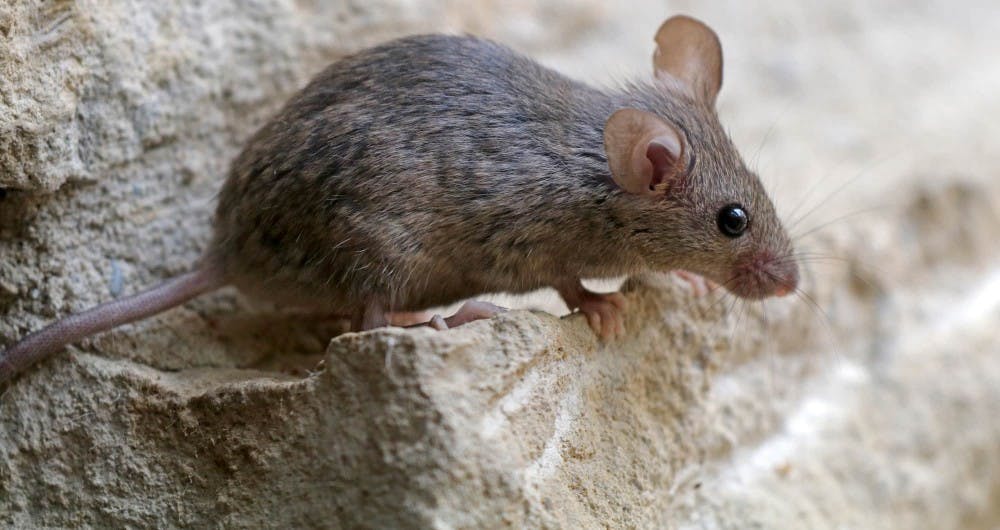It’s not uncommon to see huge mice running around the streets of New York City at night. Recent research done at Columbia University shows that these mice are more than just disgusting — they also carry novel disease-causing bacteria and antibiotic-resistant viruses. These bacteria include the bacteria responsible for life-threatening gastroenteritis in people.
Researchers at Center for Infection and Immunity(CII) at Columbia University’s Mailman School of Public Health collected 416 mice from apartment buildings in Manhattan, Queens and the Bronx over 13 months. The mice were from the strain Mus musculus (the average house mouse.)
The mice were from the strain Mus musculus (the average house mouse). The M. musculus is the most abundant species of the genus mus.
Although these mice are wild animals, they often lives alongside humans. M. musculus has also been domesticated as the pet mouse and as the most common type of laboratory mouse.
Simon Williams, lead researchers of the study and first author of the paper, said that although house mice are common in New York, little is known about the role they play in environmental contamination and spreading of potentially pathogenic bacteria.
Williams used a genetic technique known as rRNA sequencing to identify high levels of Bateriodetes and Proteobacteria in the mice.
In addition the mice also carried several gastrointestinal disease-causing agents, including Shigella, Salmonella, Clostridium difficile, and diarrheagenic Escherichia coli.
This is important because these disease-causing bacteria can cause food poisoning that affects almost 1.4 million people in the U.S. each year.
Food poisoning is also the cause of 15,000 hospitalizations and 400 deaths annually.
Furthermore, the mice also carried antimicrobial and antibiotic resistant genes.
“From tiny studios to penthouse suites, New York City apartments are continually invaded by house mice,” Williams said, according to a Columbia University press release. “Our study raises the possibility that serious infections — including those resistant to antibiotics — may be passed from these mice to humans, although further research is needed to understand how often this happens, if at all.”
Researchers found that, in general, the more the mouse weighed, the larger the number the number of viruses, even after controlling for location, sex and length.
The article was published in mBio, a journal for microbiology, on April 17.
A second study by the same researchers, also published in mBio, examined the viral components in mice feces.
In total there were 36 viruses found from over 18 families and 21 genera in the feces. At least six of these viruses are new. Interestingly, while these viruses do match viruses that infect dogs, chickens, pigs and other animals, none of these viruses are shown to affect humans.
Williams said that although the researchers have found no known human pathogens, the findings can be used for advances in clinical microbiology and are important for viral ecology.
W. Ian Lipkin, senior author of both papers, John Snow professor of Epidemiology and director of CII, discussed the potential danger of mice.
“New Yorkers tend to focus on rats because they are larger and we see them scurrying around in streets or subways; however, from a public health vantage point, mice are more worrisome because they live indoors and are more likely to contaminate our environment, even if we don’t see them,” senior author W. Ian Lipkin, senior author of both papers, John Snow Professor of Epidemiology, and director of CII, said, according to a Columbia University press release.





